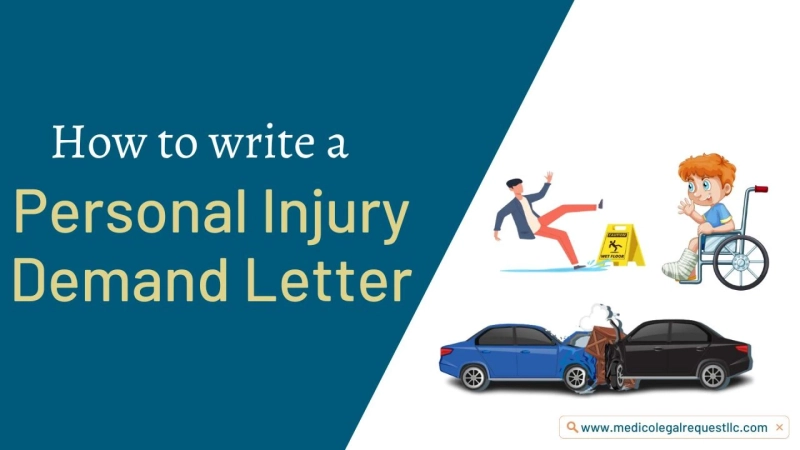How to Write a settlement demand letter
Every settlement demand letter is unique because it is based on the specific facts and circumstances of the case. Let's go through a few guidelines for drafting a settlement demand letter.
Stay Organized and Concise:
Your letter should be clear, concise, specific, and to the point. Draft an outline first, then write your letter based on your outline. In a personal injury claim, the core of your letter should focus on:
The date, time, and location of the accident
Extent of your injuries
Medical treatment you have already received
Medical treatment you expect to undergo in the future if any
Amount of income you have lost (or expect to lose) because of the injury
Extent of your pain and suffering and other non-economic damages.
Include every direct loss you can think of, such as the cost of child care you had while you were recovering.
Maintain a Professional Tone
Do not use provocative or abusive language. The adjuster will reject your demands if you rant and rave about how the accident was not your fault. Instead, be precise and succinct. Describe your legal justifications for culpability. Exaggerations that are over the top damage your credibility with the insurance adjuster.
Include Relevant Document
Documentation can strengthen your claim. Relevant documentation might include:
The police report for the accident
Medical bills
Eyewitness statements
Evidence of your past earnings (for a lost earnings claim)
Other relevant documentation.
Consult with your lawyer before sending any documents, because some types of documentation might damage your claim
Make your Case Stand Out
Your medical records will provide the claims adjuster with the majority of the data. The claims adjuster does not need you to explain anything that may appear in your records.
Instead, pay attention to the details that don't show up in your records. For instance, you could describe how eye injuries might force you to change careers since you are unable to see clearly enough to continue working as a machinist. Talk about the discomfort you feel when driving. Examine your doctor's diagnosis that you will live with arthritis in your wounded hip.
Recognition: Most of the claim files that the adjuster has are for anonymous, faceless parties. The claim adjuster can connect your case to a real person if you highlight a few distinctive facts.
Pain and Suffering: You can claim damages for pain and suffering if the medical expenses exceed some amount or the injuries include:
Loss of a body member
Loss of sight or hearing
Permanent and serious disfigurement
Fracture
By highlighting a few facts regarding the ways that your injuries affected the quality of your life, you provide a basis from which to claim pain and suffering damages in eligible cases.
Explain why you Deserve more Money for your Claim
The amount paid to settle your claim by the claims adjuster must be defended. Include clear information about the reasons your claim deserves the highest amount of compensation.
For instance, you had a long-term impairment that precludes you from engaging in some activities. Your wounds required numerous operations and weeks of rehab. You should describe the extent of your injuries, your medical expenses, the time you missed at work, and your pain and suffering in order to support the amount you are asking for.
What do I need to Include in a settlement demand letter?
Your settlement demand letter must include all pertinent information so that the insurance company may make a decision regarding how to handle your claim.
Generally, settlement demand letters include:
A heading identifying the parties in the case, including the injured person and the at-fault party (the insured)
The insurance policy number and the claim number
A brief summary of the accident or incident that led to your injury
A discussion of injuries, including the severity of your injuries, permanent impairments, treatment, etc.
A summary of your damages, including financial and non-financial loses


